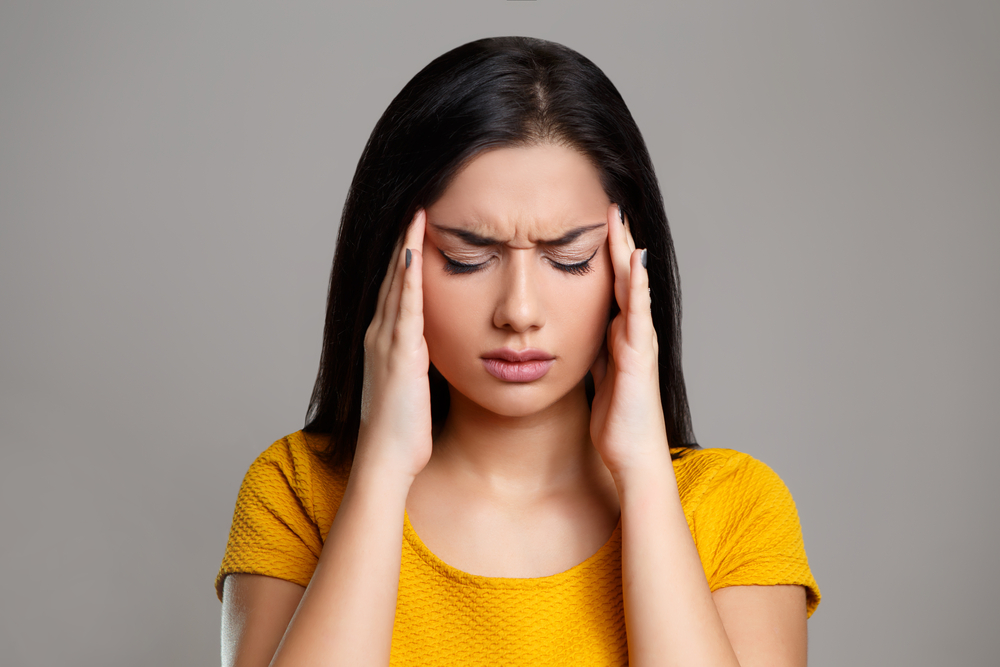Comprehensive Approaches to Managing Chronic Head Pain for Better Quality of Life
This comprehensive guide explores effective strategies for managing persistent head pain, emphasizing accurate diagnosis, lifestyle modifications, and medical treatments. It aims to help individuals understand various headache subtypes and adopt personalized approaches to reduce frequency and severity, improving overall quality of life. The article discusses natural remedies, medication options, and lifestyle tips essential for long-term headache management, offering a detailed overview suitable for both patients and healthcare providers seeking effective solutions for chronic headache conditions.

Effective Strategies for Managing Persistent Head Pain
Chronic head pain, commonly known as persistent daily headaches, is a condition characterized by headache occurrences on 15 or more days each month for at least three consecutive months. This condition affects approximately 4% of the global population, making it a significant health concern worldwide. Persistent headaches can severely impair daily functioning, diminish work productivity, and negatively impact emotional well-being. Addressing chronic head pain requires a comprehensive understanding of its causes, subtypes, and management strategies.
Health experts, particularly neurologists, emphasize that managing chronic head pain can be complex. Patients often struggle with treatment adherence and may resort to self-medication, which can inadvertently exacerbate symptoms or lead to medication overuse headaches. A tailored, multidisciplinary approach is often essential to effectively control and reduce the burden of persistent headaches.
Persistent head pain significantly hampers quality of life, contributing to emotional distress, increased healthcare costs, and even long-term disability. Accurate diagnosis is critical and involves a thorough assessment of medical history, lifestyle factors, and symptom patterns to pinpoint underlying causes. Health professionals classify persistent headaches into various subtypes, each with distinct features and treatment requirements:
Chronic migraine: Often evolved from episodic migraines, these involve throbbing pain on one or both sides of the head, worsened by routine activities. Associated symptoms include nausea, visual disturbances, and heightened sensitivity to light and sound.
Tension-type headache: Characterized by mild to moderate, persistent pain across the scalp, with tender areas in the neck and head muscles, often linked to stress and muscle tension.
New daily persistent headache (NDPH): Sudden onset with continuous pain that usually affects both sides, feeling like a tight, pressing pressure.
Medication overuse headache: Develops from the frequent use of painkillers, creating a vicious cycle of dependency and symptom exacerbation.
Hemicrania continua: Daily, moderate, spike-like pain localized on one side, often accompanied by autonomic symptoms such as eye redness, nasal congestion, or tearing.
Recognizing when to seek professional healthcare guidance is vital. Warning signs necessitating immediate consultation include increasing frequency and severity of headaches, presence of fever, visual changes, weakness, speech difficulties, or neurological deficits.
Understanding the risk factors associated with chronic headache development is also important. These include:
Gender predisposition, with women experiencing higher rates
Children and adolescents experiencing frequent headaches
High stress levels and mental health issues like anxiety and depression
Sleep disorders and disturbances
Obesity, snoring, and sleep apnea conditions
Excessive caffeine consumption
While analgesics and pain relievers offer rapid symptom relief, overuse can lead to rebound headaches and other complications. Therefore, effective management often involves a combination of pharmacological and natural therapies. The following strategies are commonly recommended:
Pharmacological Treatments:
Antidepressants: Such as amitriptyline, used to manage depression and anxiety linked with chronic headache conditions, and also to prevent migraine attacks.
Beta blockers: Often prescribed for hypertension, medications like propranolol have proven efficacy in reducing migraine frequency and severity.
Anti-seizure medications: Drugs like topiramate and valproate regulate nerve activity involved in headache pathways, decreasing attack frequency.
Natural and Lifestyle-Based Remedies:
Magnesium supplements are highly effective in reducing headache severity, especially in individuals with magnesium deficiency. An intake of 200-600 mg daily has shown significant benefits.
Boosting dietary fiber intake can improve magnesium absorption and overall health.
For those sensitive to gluten, a gluten-free diet for three weeks followed by gradual reintroduction can help identify potential triggers tied to dietary sensitivities.
Herbal remedies such as feverfew have been traditionally used for headache relief. Feverfew comes in various forms, including capsules, dried leaves, and liquids, with typical dosages around 50-100 mg per day.
Mindfulness, relaxation techniques, and stress management strategies can also play a crucial role in minimizing headache episodes.
Additional considerations include maintaining proper sleep hygiene, engaging in regular physical activity, and avoiding known headache triggers whenever possible. A holistic approach tailored to the individual often yields the best long-term outcomes.
In conclusion, managing persistent head pain requires a multifaceted strategy encompassing accurate diagnosis, lifestyle modifications, and appropriate medical therapy. Patients should work closely with healthcare professionals to develop a personalized treatment plan that considers their unique symptoms and underlying causes. Early intervention and consistent management can substantially improve quality of life and reduce the burden of chronic headaches.





